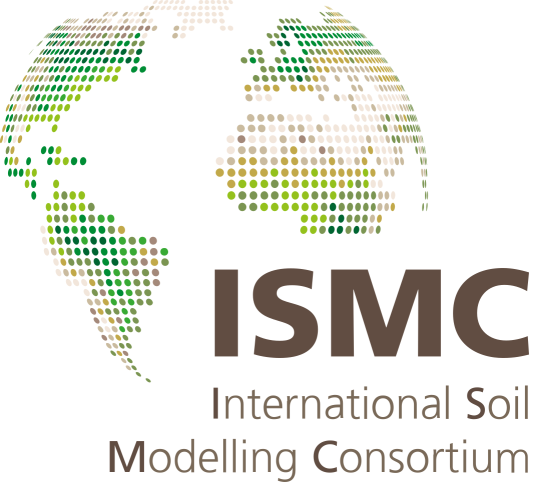ISMC2021-1
Integration of Soil Processes in Global Land Surface/Earth System Models
Oral
|
Wed, 19 May, 15:00–16:30 (CEST)
Interactive
|
Attendance Wed, 19 May, 16:30–18:00 (CEST)
Oral: Wed, 19 May, 15:00–16:30
Chairpersons: Anne Verhoef, Yuting Yang, Attila Nemes
15:15–15:30
|
ISMC2021-23
Interactive: Wed, 19 May, 16:30–18:00 | virtual poster area
Chairpersons: Dani Or, Martine van der Ploeg, Fubao Sun
P2
|
ISMC2021-84
Soil thermal conductivity dataset
(withdrawn)

